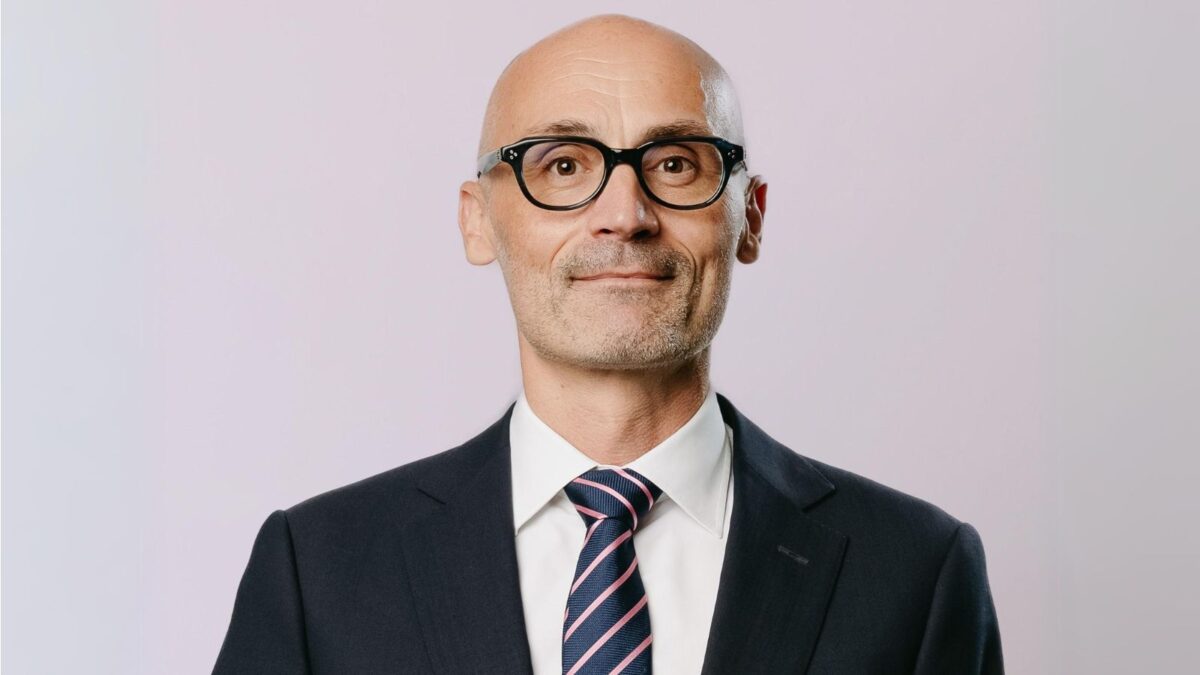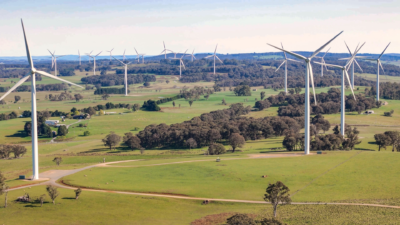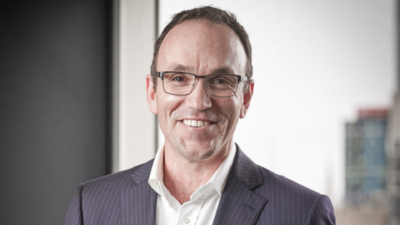Why Aware Super’s best returns aren’t a matter of being ‘super clever’
The circa $170 billion Aware Super delivered 11.02 per cent to members in its flagship high growth accumulation option in a year where US equities have done much of the heavy lifting for super fund returns.
And though other funds have been punished for positioning defensively against markets that continue to scale new and precarious heights, Aware Super says its lifecycle default largely frees it from the need to equally protect its members against big falls; a 20-year old has (almost) all the time in the world to make up a big loss, and with an 88 per cent allocation to explicit growth assets – and a bit more coming through from mid-risk private assets that have some defensive characteristics – they will.
“The members in our high growth option have at least 20 years before they can access their money,” Aware Super head of investment strategy Michael Winchester tells ISN. “It may be that some of those stocks are overvalued, but they have amazing prospects ahead of them. It’s undeniable that some of these companies are going to shape the future in the way that the internet giants of today were massively overvalued back in the tech days but have since delivered on that promise.
“Some of these companies are going to be worth a lot less, some are going to be worth a lot more. But by segmenting our members in this way they’ll be buying at the top of the market, buying at the bottom of the market, buying some companies that are overvalued. The way I think about diversification for those members is that you want to have as many different sources of growth as you can access; you don’t want to be stuck in some weird little corner of the market that doesn’t experience growth.
First State Super had a lifecycle default since the 1990s, though its design was “upgraded” in 2021. Underpinning it is Aware’s dedicated retirement strategy team, which models the impact of different investment designs, policy and tax mixes, and drawdown and contribution strategies to decide the optimal asset mix for the lifecycle strategy. It’s not a matter of “being super clever”, Winchester says, but of simply taking into account a member’s investment horizon.
“When you implement a lifecycle strategy the value add can be enormous; (portfolio manager for retirement strategy Shang Wu) has done some work that showed we’ve added about $4800 for a typical member just from that design since 2021; add that up across all the members in it and it’s $2.5 billion of extra savings – compared to the median default fund. And that’s just three years – imagine the value that creates over the whole lifecycle – the numbers are phenomenal. I think every member should be in one.”
And while there’s been much talk about the arrival of a new investment era – one where the things that have always worked, like bond diversification, no longer will – Winchester isn’t sure that much has changed at all.
“There’s been a lot of teeth gnashing over the death of 60/40 and with inflation high bonds won’t diversify. But I think it’s a pretty rich opportunity set; defensive assets like cash and bonds are now offering you a real return and sure, while on a lot of metrics equity markets are expensive, I think it’s fair to say that we’re entering an era where some of these companies are going to truly transform our economies. We’re only at the start of the investment that’s required for the energy transition, and the infrastructure team are really excited about some of the deal flow that could come from that.”











